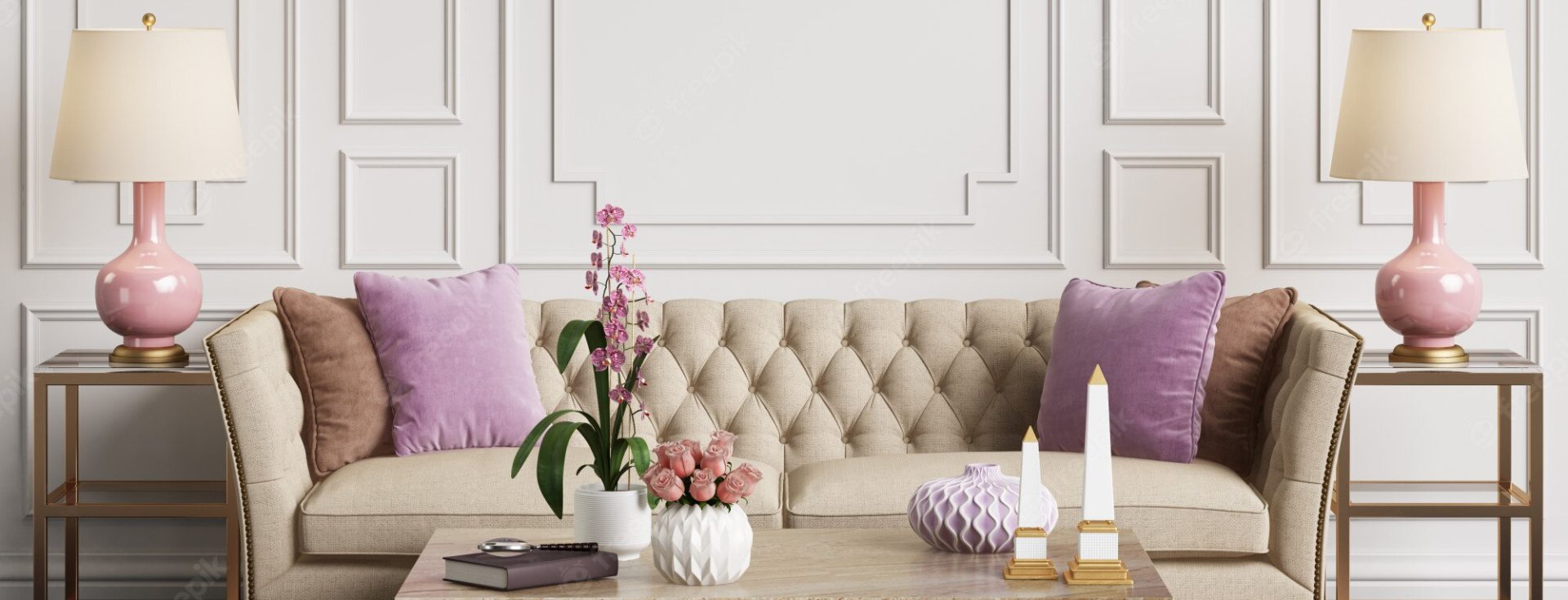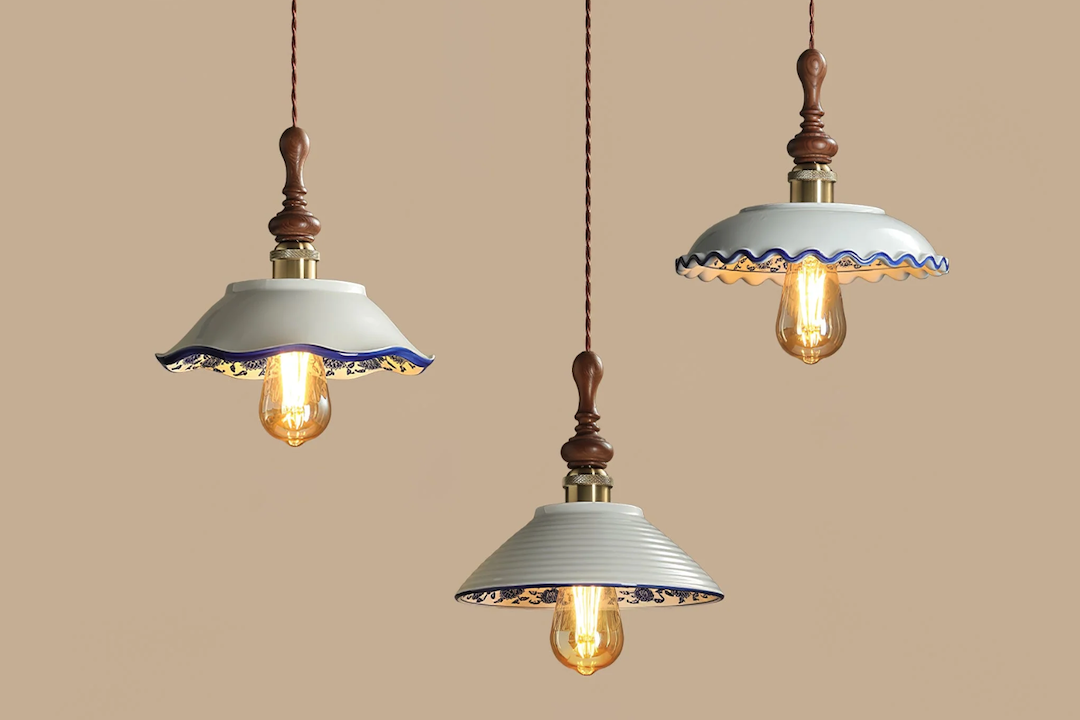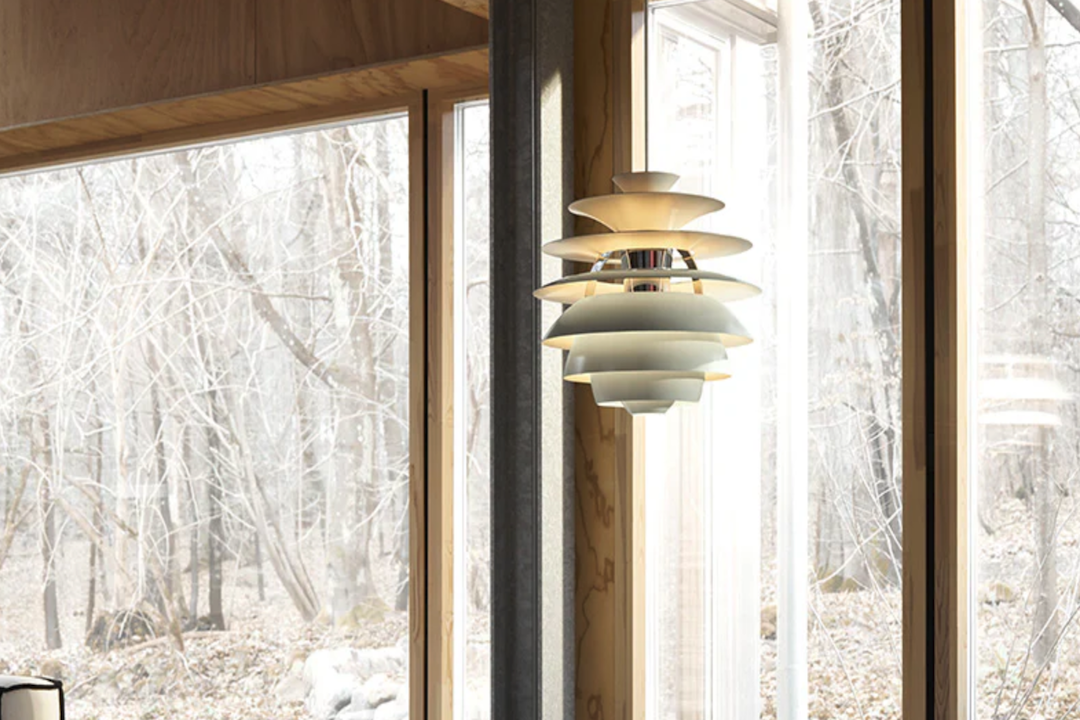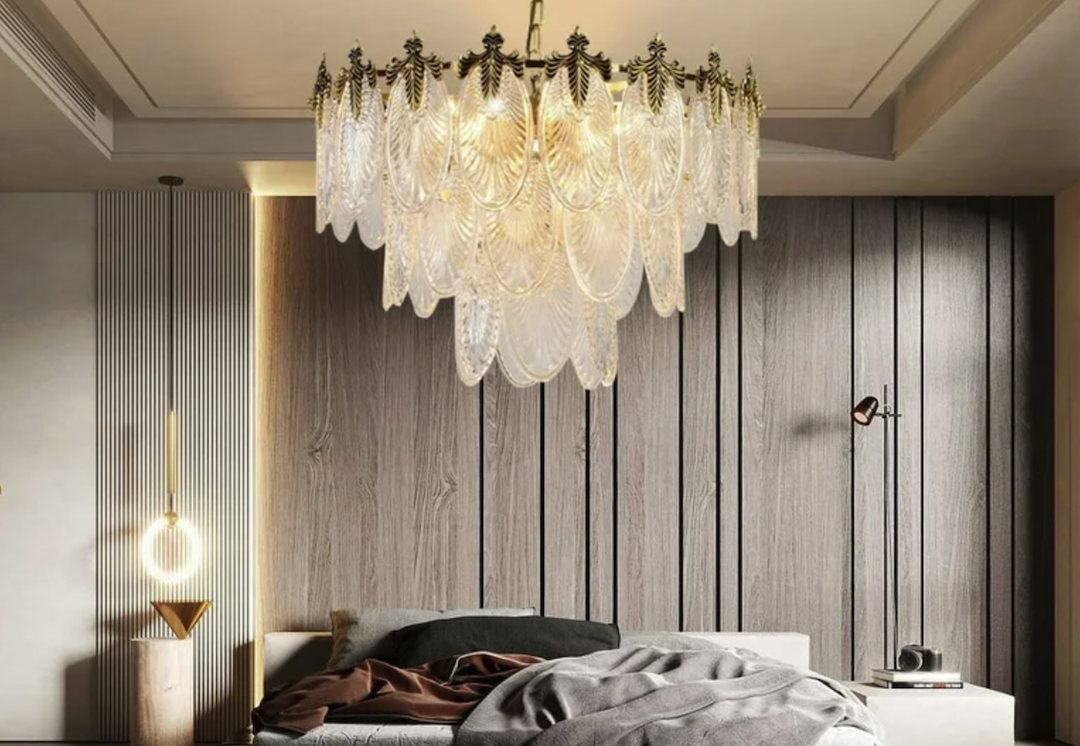
Chandeliers make a bolder statement than pendant lights and can be found in entryways, bedrooms, bathrooms, closets and more. They are especially attractive hanging over a dining room table but can be used as a focal point in other areas of the house as well. Whether you are looking to buy a chandelier for the first time or replace your current fixture, it’s important to know how to size it properly. There are a few formulas you can use to get a good idea of the size that would look best in your space.
The classic rule is to take the room height in feet and divide it by 2.5 or 3. This gives you a range for the maximum width or diameter of your chandelier that would work best with your ceiling. For example, an 8-foot room could accommodate a chandelier between 24 and 30 inches in diameter.
This is the ideal width for a chandelier Seanoon that will be centered over a dining table. The classic rule also applies to other types of light fixtures as well but if you’re shopping for a chandelier that will hang in another area of the house it’s important to consider your space more closely. For instance, the width of your foyer should be half to two-thirds the length of the staircase that leads up to it. This will ensure that people don’t feel like they’re walking into the fixture and that it looks proportional to the space.
In the case of multiple chandeliers, you can also use this formula for determining the proper size of each one. To do this, simply add the table width to the total foyer width and then divide that number by the number of chandeliers plus one. This will give you the minimum width of each chandelier, which should be installed evenly apart.
You’ll find a large selection of both traditional and modern chandeliers at our Chandelier Farms. If you’re in the market for a new one, our designers can help you determine which size would be best for your home.
If you have a two-story foyer or another space with a high ceiling you’ll want to take additional measurements into account. For the most part, you’ll want to be sure that the chandelier is not too close to the bottom of the staircase or too far from the top of the second story banister. If it is too close to either of these, it may look disproportionate in the space and you’ll be forced to scale back on the overall size of the chandelier. It’s also a good idea to make sure that the chandelier will not touch any adjacent walls or ceilings so as not to create any unsightly shadows on those surfaces. For this reason, a three-tiered chandelier is often a better choice than a single tier fixture.





